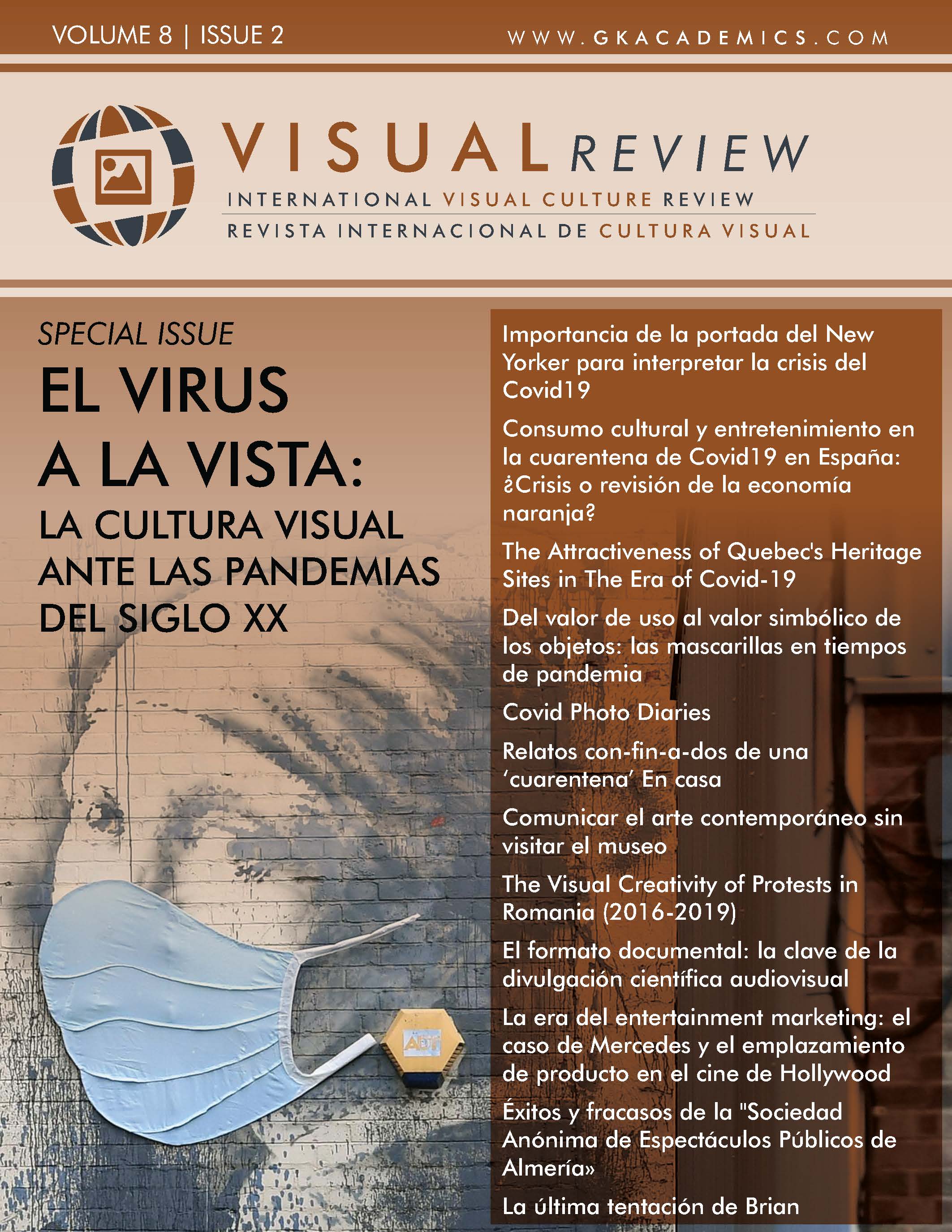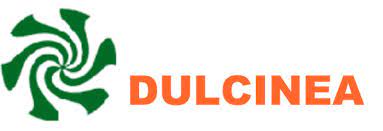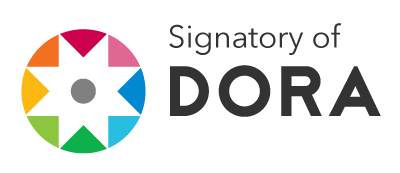The documentary film: the key to audiovisual science communication
DOI:
https://doi.org/10.37467/gka-revvisual.v8.3000Keywords:
Documentary, Science, Dissemination, Audiovisual, Communication, NarrativeAbstract
In the current audiovisual landscape characterised by a huge offer of audiovisual content, both in conventional television and in the multi-platform options of video on demand, it is complicated to say the least to find an attractive and comprehensible audiovisual format that communicates science. However, what is the ideal way to communicate science? What is the solution proposed by the current audiovisual scenario, which is so demanding in terms of entertainment and audience share? And, finally, how do we fit the language of science among the general public? Our proposal to achieve the objective of effective science communication, without sacrificing its rigor or entertainment, would be the use of the scientific documentary and its multifunctional capacity; a hybrid audiovisual format with the capacity to simultaneously assume a pedagogical, informative and entertaining narrative.
Downloads
Global Statistics ℹ️
|
1010
Views
|
871
Downloads
|
|
1881
Total
|
|
References
Azevedo, J., Baquero, E., Francés, M. y Salcedo, M. (2010). Ciencias para la televisión–El documental científico y sus claves. Barcelona.
Fundación Española para la Ciencia y la Tecnología (2018). Informe de resultados. Percepción social de la Ciencia y la Tecnología. FECYT - Ministerio de Ciencia, Innovación y Universidades
Fundora, Y. S. y García, Y. R. (2021). La divulgación científica: una herramienta eficaz en centros de investigación. Bibliotecas. Anales de investigación, 7, 105-108. http://revistas.bnjm.cu/index.php/BAI/article/view/315
Gálvez, M. L. O. (2005). Documental, vanguardia y sociedad: los límites de la experimentación. In Documental y vanguardia, Cátedra, 185-217.
Grierson, J. (1998). Postulados del documental. Textos y manifiestos del cine. Madrid, Cátedra, vol. 139
Hernández, S. (2004). Hacia una definición del documental de divulgación histórica. Comunicación y Sociedad, 17(2), 89-123. https://dialnet.unirioja.es/servlet/articulo?codigo=1124097
Hernando, M. C. (1996). La divulgación de la ciencia como objeto de investigación. Arbor, 153(601), 105. https://login.bucm.idm.oclc.org/login?url=https://www-proquest-com.bucm.idm.oclc.org/scholarly-journals/la-divulgación-de-ciencia-como-objeto/docview/1301381319/se-2?accountid=14514
León, B. (2002). La divulgación científica a través del género documental. Una aproximación histórica y conceptual. Mediatika, 8, 69-84. http://hdl.handle.net/10234/183015
Nichols, B. (1997). La representación de la realidad: cuestiones y conceptos sobre el documental. Paidós. http://hdl.handle.net/123456789/396
Plantinga, C. (2011). Documental. Revista Cine Documental, 3(1). http://revista.cinedocumental.com.ar/wpcontent/uploads/plantinga_documental_n3.pdf
Salcedo, M. (2011). El antropomorfismo como herramienta de divulgación científica por televisión: estudio de El Hombre y la Tierra. Comunicación y Sociedad, 24(1), 219-246. http://www.unav.es/fcom/comunicacionysociedad/es/resumen.php?art_id=386
Sancho, J., Vilches, A. y Gil, D. (2010). Los documentales científicos como instrumentos de educación para la sostenibilidad. Revista Eureka sobre enseñanza y divulgación de las ciencias, 667-681. https://revistas.uca.es/index.php/eureka/article/view/2681 DOI: https://doi.org/10.25267/Rev_Eureka_ensen_divulg_cienc.2010.v7.i3.06
Sobchack, V. (2011). Hacia una fenomenología de la experiencia no-ficcional. Cine Documental, 4. http://revista.cinedocumental.com.ar/wp-content/uploads/sobchack_hacia%20una%20fenomenologa_n4.pdf
Downloads
Published
How to Cite
Issue
Section
License
Those authors who publish in this journal accept the following terms:
-
Authors retain copyright.
-
Authors transfer to the journal the right of first publication. The journal also owns the publishing rights.
-
All published contents are governed by an Attribution-NoDerivatives 4.0 International License.
Access the informative version and legal text of the license. By virtue of this, third parties are allowed to use what is published as long as they mention the authorship of the work and the first publication in this journal. If you transform the material, you may not distribute the modified work. -
Authors may make other independent and additional contractual arrangements for non-exclusive distribution of the version of the article published in this journal (e.g., inclusion in an institutional repository or publication in a book) as long as they clearly indicate that the work was first published in this journal.
- Authors are allowed and recommended to publish their work on the Internet (for example on institutional and personal websites), following the publication of, and referencing the journal, as this could lead to constructive exchanges and a more extensive and quick circulation of published works (see The Effect of Open Access).













